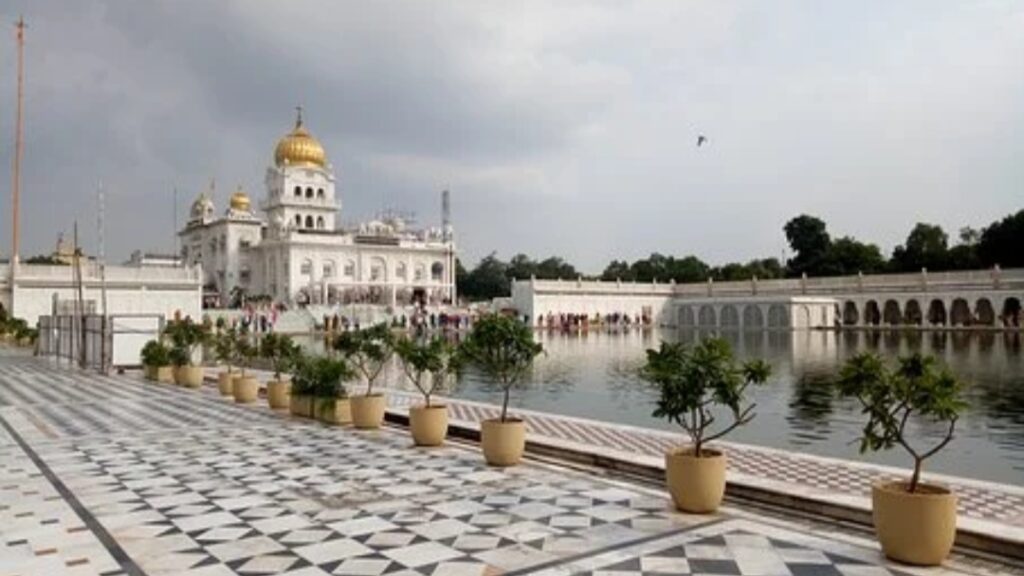
In this blog post we are dealing with the Topic – Gurudwara Reform Movement. One popular reason for formation of Singh Sabhas was reaction against the maladministration of Gurudwaras (GD) and its management. The zeal for reforms affected a popular movement called Akali (immortal) movement.
One point of this reform was to free Gurudwaras from the control of Brahmin priests. The Hindu priests did not know the fundamental principles of Sikhism. This caused the Sikhs to clash with the British Government; because the black turban of the Akalis became a symbol of sedition to British Government.
The Sikhs rejected Hindu rituals to performed in Gurudwaras. Important and popular Gurudwaras referred in relation to the Gurudwara Reform were as follows:
1. Gurudwara Golden Temple (GGT) in Amritsar.
This central Sikh shrine at Amritsar was controlled by the British Deputy Commissioner through British appointed Sikh manager. This had resulted that-
- a) Fristly, Idols were set up and Hindu pandits and astrologers do their work in GD premises.
- b) Secondly, Sikh pilgrims (backward) not allowed in Hari Mandir before 9 A.M. (whereas caste system rejected in Sikhism).
The Khalsa Diwan of Lahore meeting in April, 1907 & Khalsa Diwan of Majha meeting in April, 1907; made a proposal for the removal of the British appointed manager of Golden Temple and a Committee of Sikh chiefs should appoint a another manager.
- c) Thirdly, On Oct.12.1920, the Karah Prasad of some low caste Sikh pilgrims who visited Hari Mandir refused by the priests; and the ardas were not said on their behalf.
- d) Fourth, That discrimination reacted by the Sikhs.
- e) Again, Guru Granth consulted and the priests condemned.
- f) Six, The pilgrims went to Takht Akal Bhunga(supreme seat of authority) in front of Hari Mandir & the priests deserted the place.
- g) Seven, The pilgrims appointed committee of 25 Sikhs for Golden Temple management.
- h) Eight, the next day the Deputy Commissioner appointed a committee having 9 members with the manger as president.
- i) Nine, The Akalis tried their best to free their Golden Temple from Hindu priests/Mahanths. Assembly called on 15th Nov.1920. But 2 days before Assembly the Govt. appointed a committee of 36 Sikhs to manage Golden Temple.
However the Sikhs met on 15th Nov. and formed a committee of 175 members called Shiromoni Gurudwara Prabhandak Committee (SGPC) including the names of Govt.appointed persons.
- j) Ten, On April 30, 1921 the SGPC obtained legal sanction as a public body and they had election affecting Sardar Kharak Singh as president.
- k) Finally, Since then the SGPC became a focal point for the reformation of Sikh shrines and endowments. The Gurdwaras became controlled by SGPC one by one.